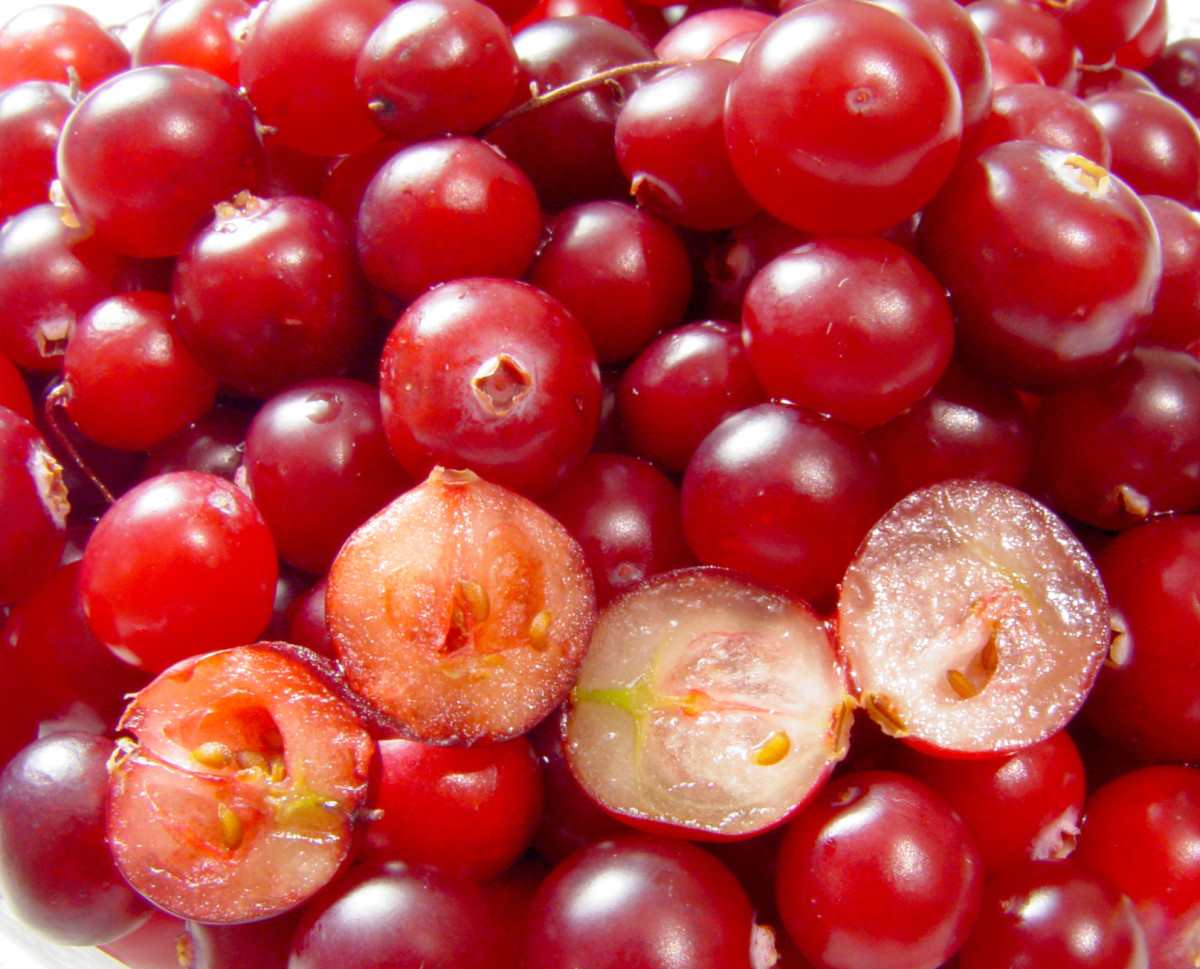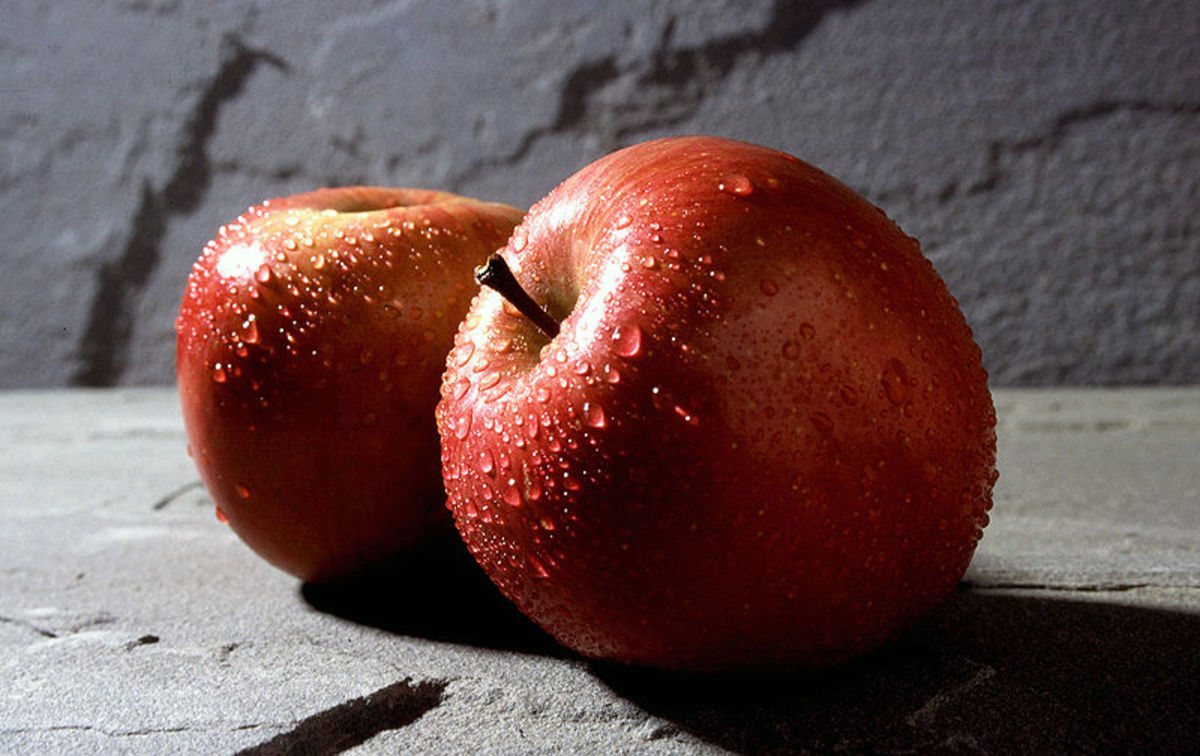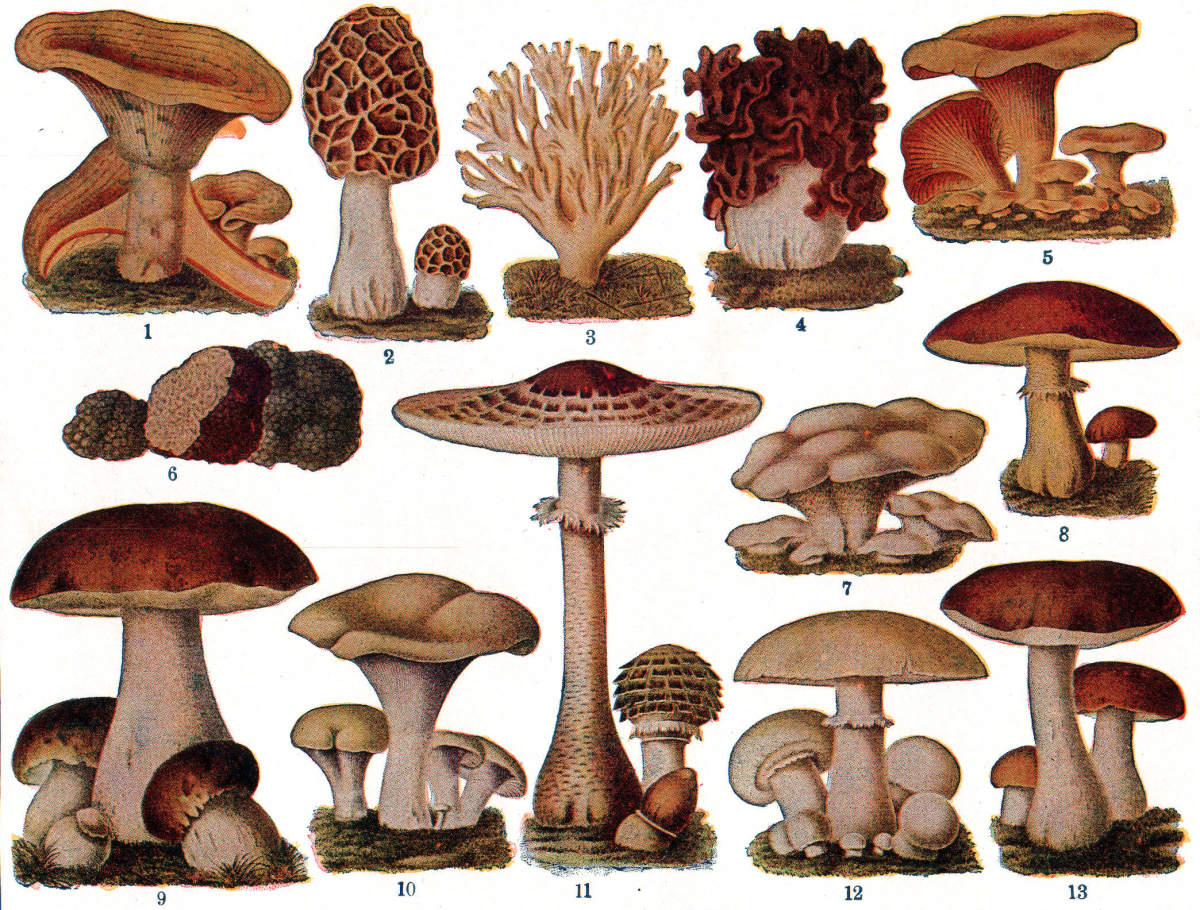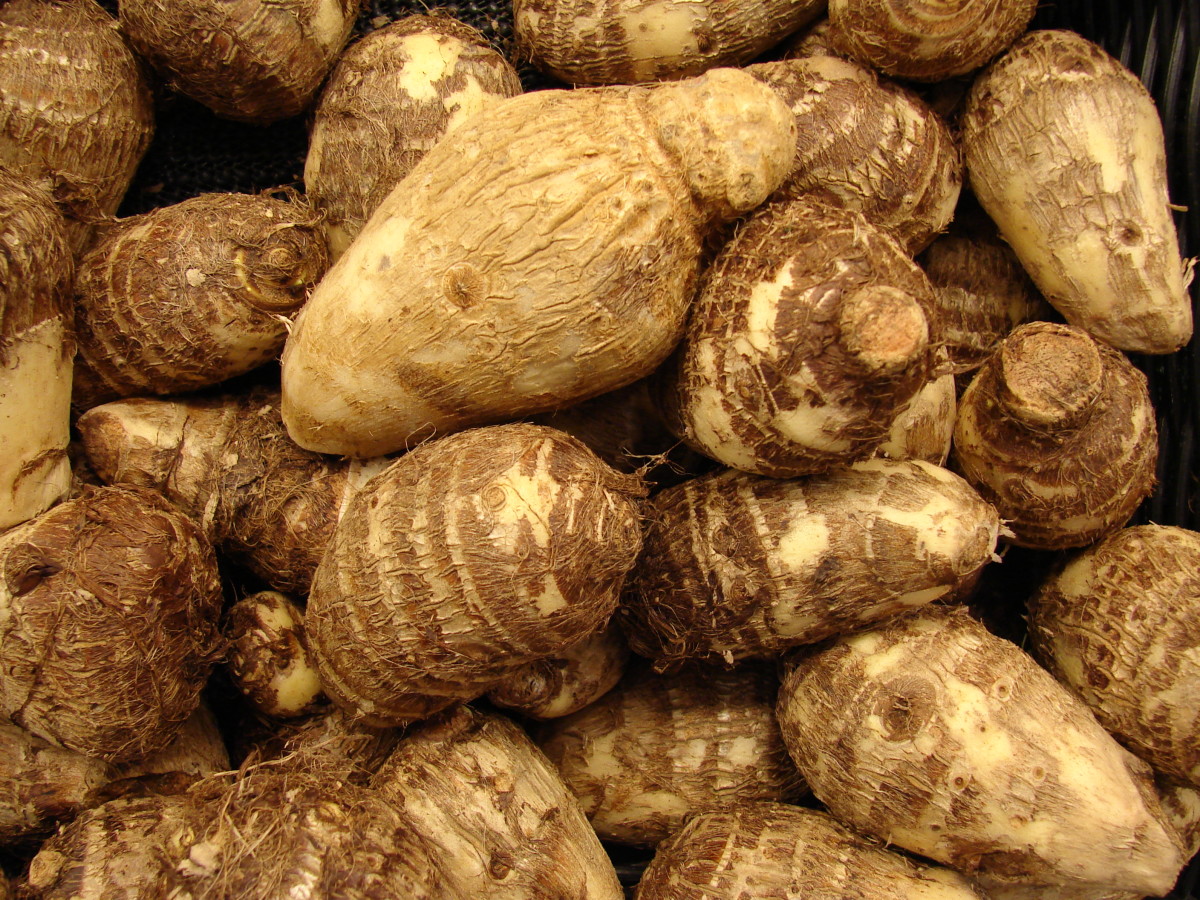Top Health Benefits of Green Apples and Green Apple Nutrition Facts
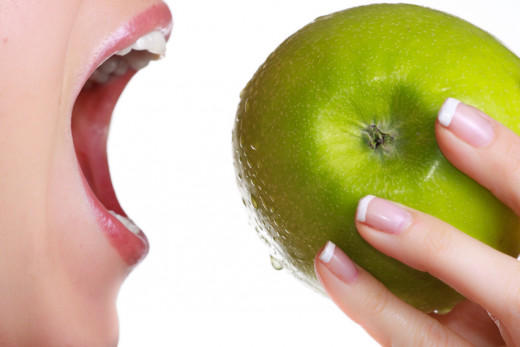
Apples to Apples
The apple has made a big comeback since the days of Adam and Eve. From the forbidden fruit to one of the most eaten fruits today. And we’ve all heard the saying “an apple a day keeps the doctor away”. But really how true is this saying? What are the real health benefits of apples? More so, how do the health benefits of green apples vs red apples differ? The benefits of green apples are numerous to say the least. We will not only learn how a green apple benefits your health, but also cover the green apple nutrition facts and how consuming more apples more often can help prolong your life and keep you healthy and looking great.
Comparing apples to oranges is a saying we have all heard of many times, but today we will be comparing apples to apples; that is green apples to red apples and how they can improve your health on so many different levels. But first let’s briefly cover the history of this so called ‘Super Food’.
History of the Apple
The apple has been around for many years. Archeological evidence indicates that apples have been eaten by humans for over 8500 years. Apples appear to have originated in or around Turkey, and were brought to America by colonists back in the 17th century. The first apple orchard in the U.S. was planted in Boston in 1625, and today Americans alone consume approximately 50 pounds of apples per capita per year.
Green Apple Nutrition Facts
Let’s take a look at what is in an apple that is so good for us. Below is a breakdown of macronutrients and micronutrients and their approximate values. There are many varieties of green apples and so numbers may vary slightly between each cultivar, but not enough to make any major swings or differences in values. The following macronutrients show numbers based on a medium sized apple.
Macronutrients in Medium Sized Apple
Macronutrient
| Units
|
|---|---|
Fiber
| 3 g
|
Boron
| 2.5 mg
|
Potassium
| 150 mg
|
Carbohydrates
| 20 g
|
Sugars
| 15 g
|
Protein
| .5 g
|
Sodium
| 1 mg
|
Calories
| 70 kcal
|
Micronutrients in Green Apples
Apples contain many beneficial nutrients, vitamins and minerals to make us not only look and feel great, but also keep us energized and healthy. There are many health benefits to eating apples which we will cover shortly. The following is a list of your major micronutrients found in apples of all varieties.
Vitamins in Apples
Vitamins
| Health Benefits of Green Apples
|
|---|---|
Vitamin A
| antioxidant, cell reproduction, immune and reproductive system, eyes, night blindness, skin, hair, bondes, teeth
|
Vitamin B6
| brain health, mental clarity, supports immune system, anti-cancer, PMS
|
Vitamin C
| aids Collagen production, helps connective tissue and organs, antioxidant, cancer, iron absorption
|
Vitamin E
| antioxidant, immune booster, cancer, cardiovascular disease
|
Vitamin K
| helps control blood clotting
|
Folates
| red blood cell development, nervous system
|
B5 - Pantothenic Acid
| antioxidant, fights infection, accelerates healing, arthritis
|
B6 - Riboflavin
| antioxidant that fights free radicals created during intense physical activity
|
Minerals and Electrolytes in Green Apples
Minerals & Electrolytes
| Health Benefits of Green Apples
|
|---|---|
Boron
| arthritis, osteoporosis, sex hormones, allergies, aging
|
Calcium
| strengthen bones and teeth, help regulate heartbeat and muscle and nerve function
|
Iron
| helps blood and muscles carry oxygen to the body
|
Magnesium
| muscle function, metabolism, bone growth
|
Manganese
| cell production and bone growth
|
Phosphorus
| bones, teeth, nerves, kidneys
|
Zinc
| supports healing and aids in taste and smell sensory
|
Sodium
| regulates water in the body’s blood and tissue
|
Potassium
| nerve function, muscle contraction, maintenance of fluid and blood pressure
|
Green Apple Benefits
There are many health benefits to consuming green apples, or any apple for that matter. In addition to all the beneficial nutrients in green apples, there are also a variety of phytochemicals responsible for fighting many types of diseases. Phytochemicals are chemical compounds which occur naturally in plants. The term phytochemicals is mostly used to refer to chemicals of biological significance such as carotenoids, flavonoids and phenolics. Though not approved by the FDA as having any health claims, phytochemicals have been shown in studies to have both biological and pharmacological activities, some of which are anti-inflammatory, antifungal, antibacterial, antiviral, anti-cancer, anti-allergic and antioxidant.
As per the Linus Pauling Institute at the Oregon State University in Corvallis, Oregon there are as many as 4000 phytochemicals that have the potential to affect diseases of many kinds. Some of the most common and most studied antioxidants in green apples include quercetin, catechin, phloridzin and chlorogenic acid. Most of these compounds are found in the apple peel. Research indicates apples consumed with peel have far greater antioxidant activity than apples without peel. Although nutritional values appear to be very similar between cultivars and apple varieties, flavonoids may vary greatly between different varieties of apples and cultivars. Other factors that may affect the phytochemical value in apples include harvest time and storage of the apples and processing.
Listed below are some of the most important and most studied and researched benefits of apples when consumed regularly and more often in our diets.
Lower Bad Cholesterol: Some of the fiber in apples comes in the form of Pectin. This soluble fiber has been linked to lower levels of bad cholesterol (LDL). Pectin helps block the absorption of cholesterol in the body which aids in using it rather than storing it.
Brain & Lung function: Green apples also contain a special antioxidant called Quercetin. The American Journal of Clinical Nutrition Antioxidant says that Quercetin is shown to advance brain function and lower risk of Parkinson’s disease. The National Institute of Health says that only 1 to 3 mg of boron per day are necessary for healthy brain function.
Large scale studies continue to confirm that a higher consumption of apples improve both asthma and overall lung function and health.
Weight Loss & Muscle Growth: Ursolic acid found in apple peels has been linked to muscle growth and fat lose. Studies by researchers at the University of Iowa showed that ursolic acid blocks the muscle wasting effects of nerve injury and starvation, and helped increase muscle mass in animals while at the same time reduced stored body fat. And a study done at the University of Rio De Janeiro found that individuals who ate three apples a day lost almost twice as much weight as those eating other fruits as daily snacks.
Osteoporosis and Arthritis: Apple peel contains traces of the mineral Boron. The trace mineral Boron is known for its ability to help aid in the metabolism of calcium and magnesium in the body.
Cancer: In 2007, researchers from the Cornell University found compounds called triterpenoids which seemed to fight against liver, colon and breast cancers.
Diabetes: A study published in the American Journal of Clinical Nutrition back in 2012 found that apples were linked with a lower risk of developing Type 2 Diabetes due to an antioxidant called anthocyanins. The galacturonic acid contained in an apple also helps lower the need for insulin which my help in better managing diabetes.
Acne: Natural treatments for acne are in high demand, and apple diets and apple cider vinegar tonics seem to be very popular. An apple fast claims to clear acne problems in just three days. With its cleansing effects on the digestive system and anti-oxidants responsible to fighting bacterial infections as well as strengthening the body’s immune system, apples appear to be very useful for combating acne problems. Apple cider vinegar tonics are also widely used for topic treatment of acne.

Green Apples vs Red Apples
As for green apple nutrition facts verses red apples, there is no substantial difference in nutritional values. Some may argue that green apples contain more nutrients than red apples, however from what I have researched, both seem to have pretty much the same vitamin and mineral values, as well as being packed with healthy fibers rich in antioxidants.
Phytochemical compounds in green apples vs red apples also show no significant variation when comparing colors. If anything, apple varieties and cultivars my significantly affect phytochemical values in apples as well as processing methods and storage.
The primary differences between the two apples would be taste and uses. The green apple is usually more sour and tart and the red apple slightly sweeter in most cases. For this reason, most prefer to eat red apples in raw form over green apples. When cooking, however, green apples are preferred over red apples due to their tart flavor and texture. Green apples are mostly tougher and therefore better suited for baking and cooking without getting too mushy too fast whereas red apples are better for eating. In general green apples are much firmer and thus have a much longer shelf life than red apples.
Top 10 Most Popular Apple Varieties
Apple Variety
| Apple Origin
| Apple Color
| Apple Attributes
|
|---|---|---|---|
Pink Lady Apple or Cripps Pink
| Australia
| red
| very sweet and slightly tart, crisp, eat fresh and cooking
|
Granny Smith Apple
| Australia
| green
| sweet, eat fresh and cooking, common pie apple
|
Honeycrisp Apple
| USA, Minnesota
| red
| honey-like sweetness and slightly tart, crisp, eat fresh
|
Jazz Apple
| New Zealand
| red - green
| eat fresh, pear drop flavor, firm and crunchy
|
Red Delicious Apple
| USA, Iowa
| red
| eat fresh, mild sweet flavor, eat fresh, not suited for cooking
|
Golden Delicious Apple
| USA, West Virginia
| green - yellow
| very sweet, eat fresh, very popular
|
McIntosh Apple
| Canada
| red
| crisp, sweet, eat fresh and cooking, applesauce
|
Fuji Apple
| Japan
| red
| eat fresh, sweet, crisp
|
Gala Apple
| New Zealand
| red
| sweet, eat fresh or juice
|
Jonagold Apple
| USA, New York
| red
| sweet, Eat fresh and cooking, juice and hard cider
|

Cooking Green Apples
Apples are very versatile and can be easily carried with you and eaten fresh just about anywhere at any time. No need to refrigerate or vacuum seal in a container. Just take it and go. As delicious as apples may be, there are still some people who have a difficult time getting down a fresh apple, whether it be the taste or due to dental issues. If you are among those, don’t worry, there are many alternatives.
Everyone loves a good dessert. And I can’t think of a better fruit than the green apple with its natural sweetness to make a healthy and delicious side dish or dessert. Let’s take cinnamon apples for example. Cinnamon apples can be ordered at almost any restaurant or easily made at home. Just cut up a few green apples of your choosing. I prefer to leave the peel on the apples for the added nutrients. Let them slowly cook in a pan until soft, but not too soft leaving them somewhat firm, and add some cinnamon powder. Very easy to make and packed with antioxidants.
Applesauce is another option and can be found in all grocery stores. Unfortunately most of the phytochemicals are missing by leaving out the peel. If you can find a company that includes the peel in its applesauce, you’ve got the best of both worlds. Otherwise, you could take the time to make your own homemade apple sauce and share it with your friends and relatives.
Green apples are perfect for making apple pie. And I don’t know anyone who can say no to homemade apple pie, especially when it’s still warm and fresh out of the oven. The aroma alone is enough to make your mouth water and makes your house smell great. In addition to these alternatives, there are literally hundreds if not thousands of recipes on the internet for you to explore.
Green Apple Juice
Another option to cooking green apples would be to drink apple juice. You could of course buy apple juice at the store, but make sure to read the label for added sugar and other additives and preservatives. If you choose to buy apple juice at the store, I would suggest looking for organic apple juice without added sugar. A better option would be to make your own apple juice with fresh green apples. There are many different and affordable types of juicers on the market today. Unfortunately with a juicer, you will be losing the pulp and thus many of the apple’s vital nutrients and antioxidants contained in the skin and fleshy part of the apple. Therefore the best option would be to blend your green apples so the apple fiber are not wasted. I believe one of the best blenders for this is the Magic Bullet. Just cut out the apple’s core, leave the skin on the apple, blend, and in no time flat you can have your very own homemade green apple juice full of healthy nutrients and antioxidants.
Closing Remarks
We have learned a lot about green apple nutrition and how green apple benefits are abundant to say the least. However, there really are no significant health benefits of green apples vs red apples. When comparing apples to apples, color seems to make no difference in nutrient content nor does it have any significant or measurable impact on its phytochemical composition. And although phytochemical values may vary between varieties and cultivars, all apples help keep us healthy by combating a wide range of illnesses and diseases. So the best way to take advantage of this fruit’s healing properties is to choose those apples that satisfy your taste buds the most and eat them on a daily basis.
© 2014 John Mark




